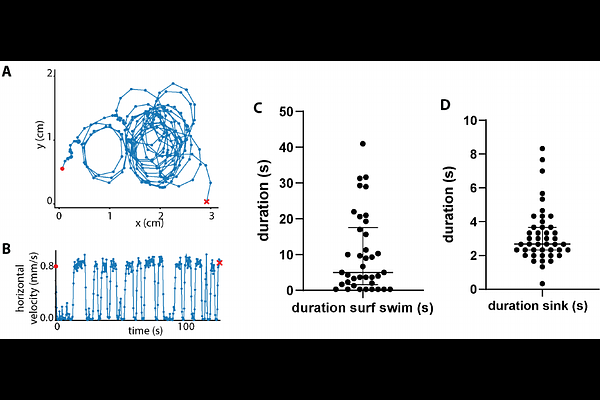Schistosomiasis parasite enhance transmission rates via interfacial swimming

Schistosomiasis parasite enhance transmission rates via interfacial swimming
Hannebelle, M.; Ho, I.; N'diaye, A.; Prakash, M.
AbstractSchistosomiasis is a disease of poverty that affects over 240 million people worldwide despite an ecological paradox: cercariae larvae are short-lived (12 hours), sparse in the water body, and entrained by flows exceeding their swimming speeds - conditions that should limit host-finding. We resolve this paradox by demonstrating that cercariae utilize a physics-based strategy: they actively accumulate at the air-water interface, transforming inefficient three-dimensional search into effective two-dimensional exploration, increasing host-encounter efficiency by a thousand fold. Our biophysical models demonstrate that this behavior emerges from weight-asymmetric morphology, enabling an embodied algorithm for surface-seeking swimming modes without complex neural control. Surface-swimming cercariae benefit from near-zero vertical flows near the surface, allowing them to remain there while exploiting wind-driven currents for long-distance dispersal. We identify the air-water interface as a critical transmission microhabitat, suggesting new physical intervention strategies targeting this interface to mitigate transmission of this highly infectious disease.